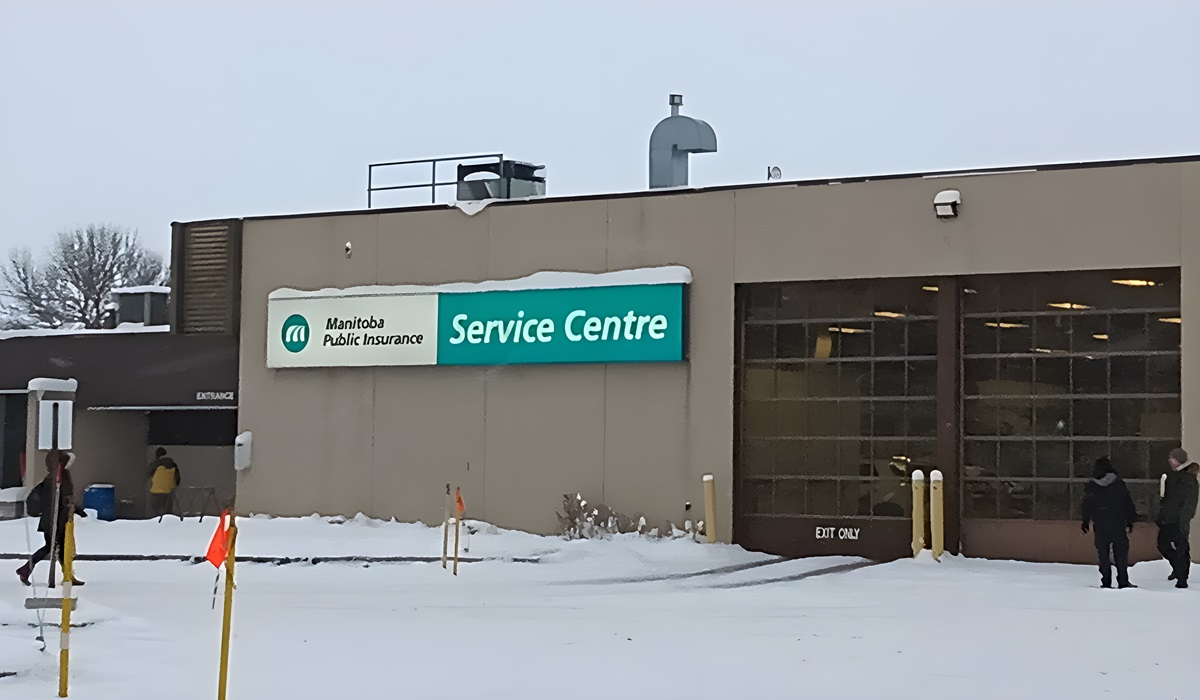The cause of the salmonella outbreak is still unknown
A salmonella outbreak has been declared in the New Brunswick following 13 confirmed cases between June 16 and July 27, and two more potential cases under investigation.
The Department of Health is monitoring the situation and is in contact with the Public Health Agency of Canada.

A specific cause of the outbreak has not been identified; however, salmonella enteritidis is commonly associated with the consumption and handling of raw chicken and eggs. The increase in cases is in the province’s northern and eastern regions.
“When preparing raw meats, the risk is especially high for certain kinds of food poisoning, including infection caused by the bacteria salmonella enteritidis,” said Dr. Jennifer Russell, chief medical officer of health. “I strongly encourage people to take safety precautions when handling raw chicken and eggs and to ensure that these and all raw meat products are thoroughly cooked.”
Symptoms of salmonellosis usually appear within one or two days after a person becomes infected. Most people who become ill experience diarrhea, stomach cramps, headache, nausea, vomiting and fever. Symptoms usually last less than a week. In some people, serious illness can develop.
Most cases are associated with improperly handling or eating raw and undercooked eggs or poultry. Salmonella infection can also be spread by contact between cooked foods and raw poultry on unwashed cutting boards or knives. Salmonella bacteria are also passed in the feces of infected people and animals, and can be found in contaminated soil, food, water or on surfaces. The bacteria are spread by person to person contact, by animal to person contact, by eating contaminated food or by drinking contaminated water.

Cook:
Kill harmful bacteria by cooking food until it reaches the proper temperature. Do not guess. Use a digital instant-read food thermometer to check when meat and poultry are safe to eat. The safe temperatures for cooked foods are:
- 85° C (185° F) for whole poultry;
- 71° C (160° F) for ground beef; and
- 74° C (165° F) for leftover food.
Eggs are safer when cooked thoroughly, such as when hard boiled or scrambled, and served hot.
If you check the temperature of meat more than once, clean the thermometer before using it again.
Eat cooked food while it is still hot. Bacteria can grow when food is allowed to cool down.
Keep cold food cold. Letting food sit at unsafe temperatures puts you at risk of food-borne illnesses.
Clean
Wash hands and surfaces often to avoid the spread of bacteria.
Wash your hands with hot, soapy water for at least 20 seconds before handling food, and after handling raw meats, eggs or poultry, using the bathroom, changing diapers, or touching pets.
All harmful bacteria can be spread just by touching an infected surface, such as a cutting board, and then touching another surface.
Wash and sanitize all plates, utensils and cutting boards that touched or held raw meat or poultry before using them again for cooked foods. Use a mild bleach and water solution before and after preparing food to sanitize surfaces.
Keep raw foods separate from cooked foods to avoid cross-contamination.
Store raw meats and poultry in the fridge on bottom shelves to prevent juices from dripping onto other foods.
The simple rule is: when in doubt, throw it out.
More information about food safety is available online.










